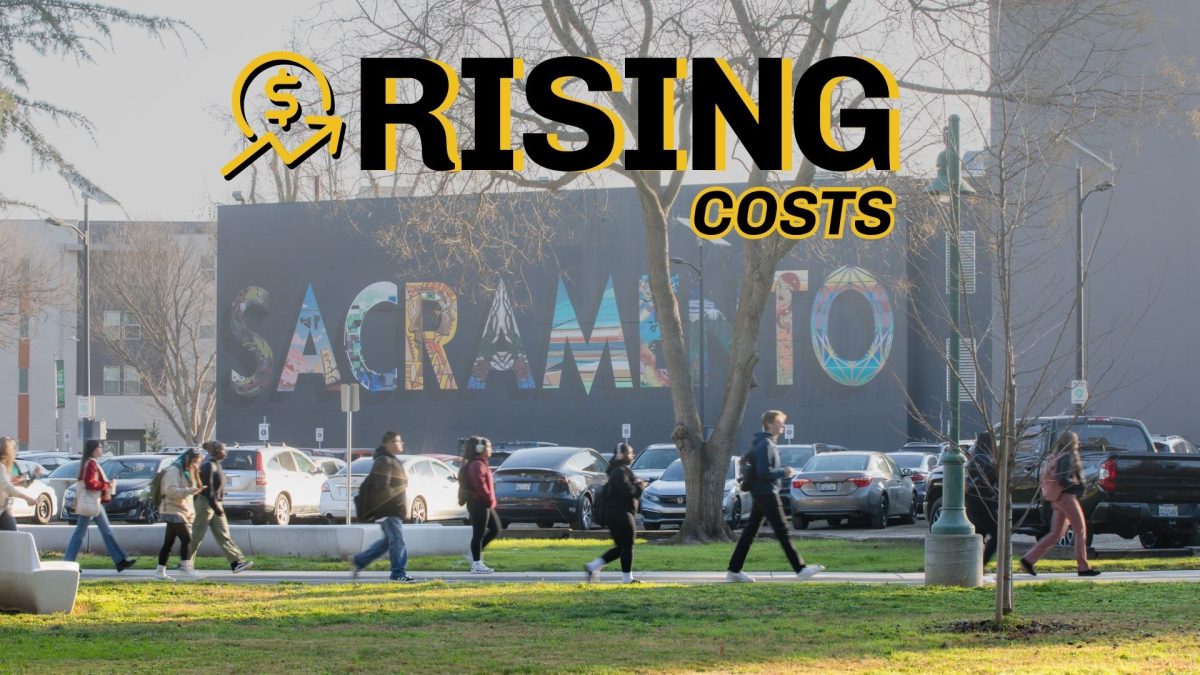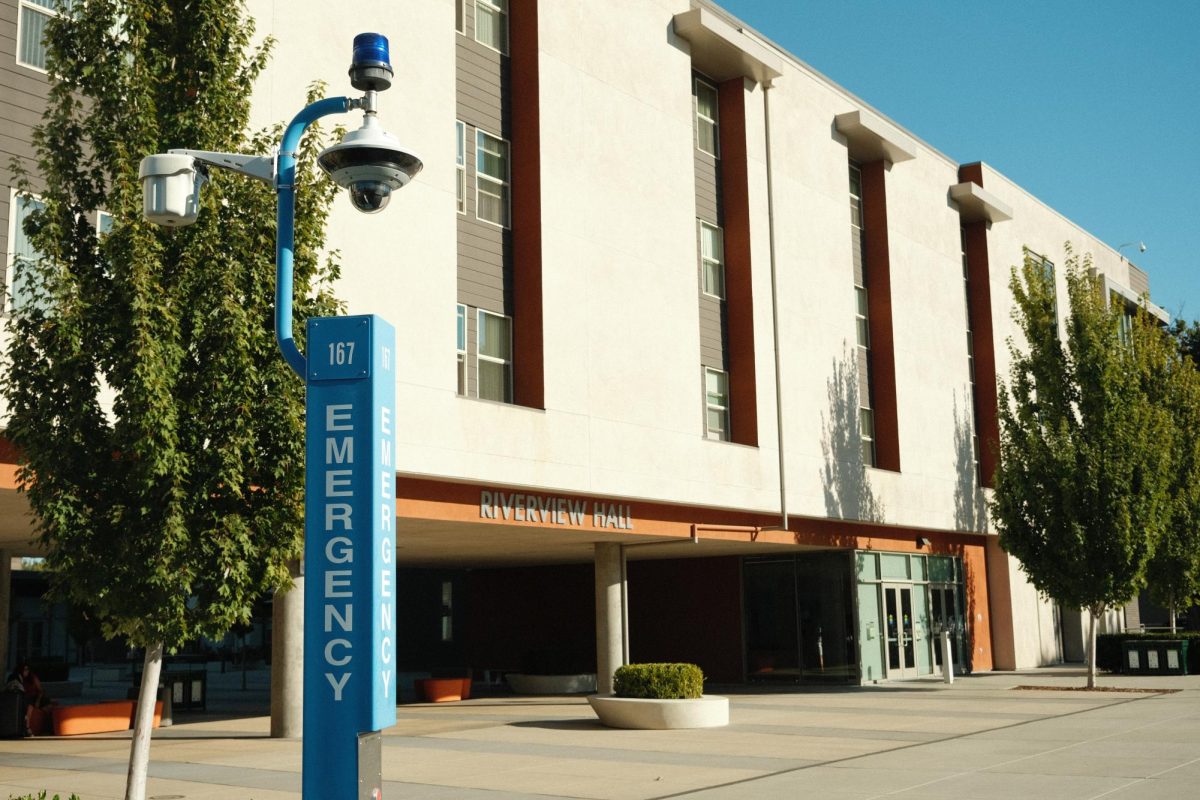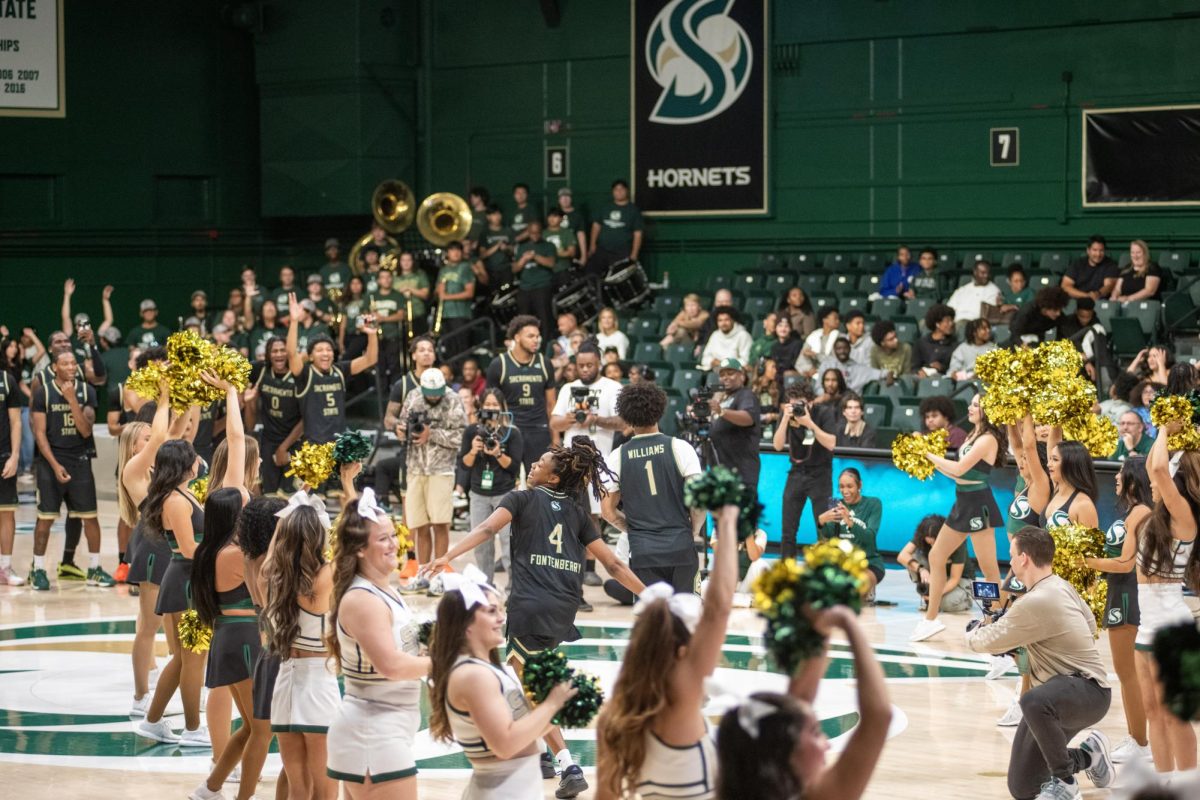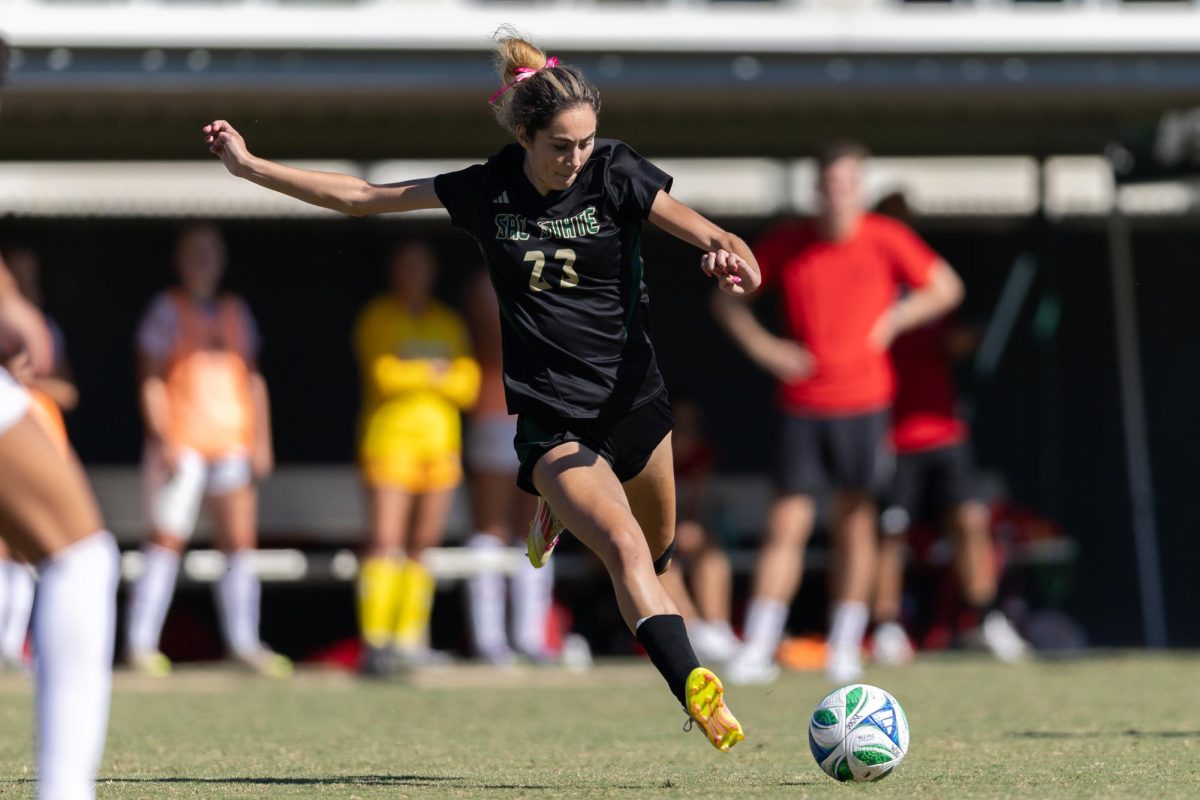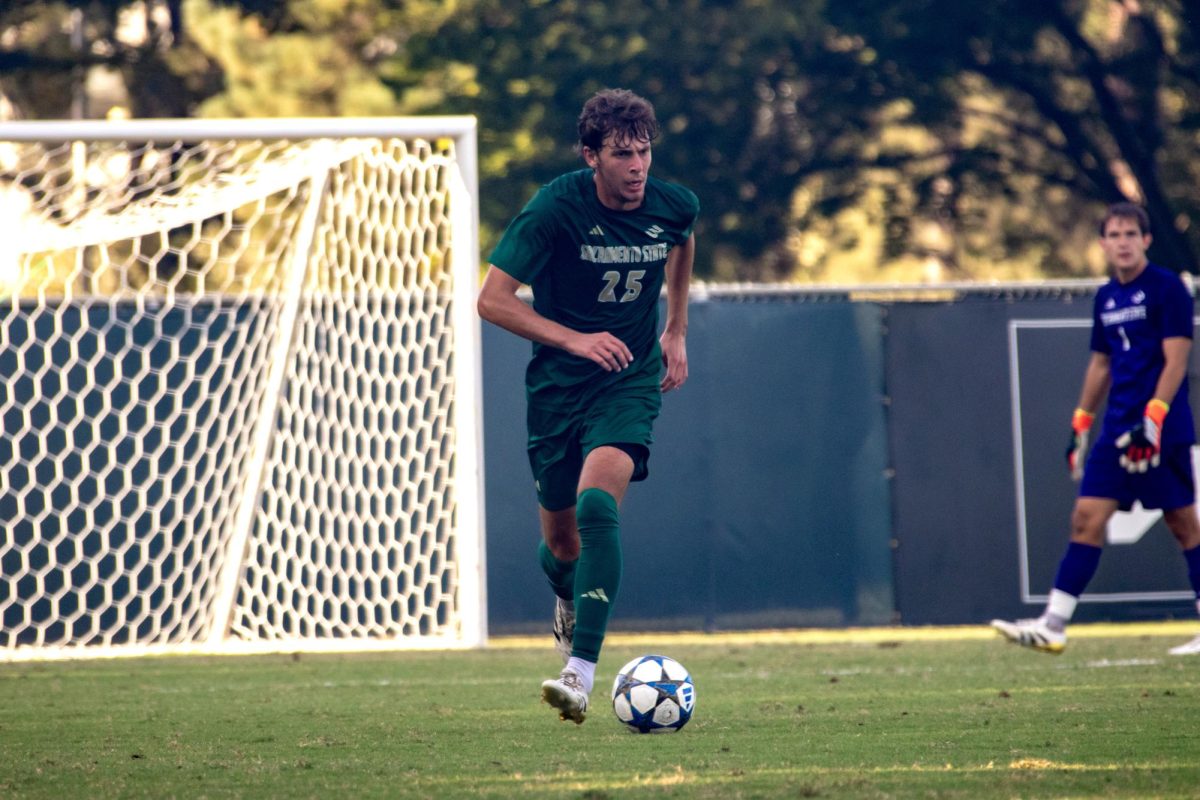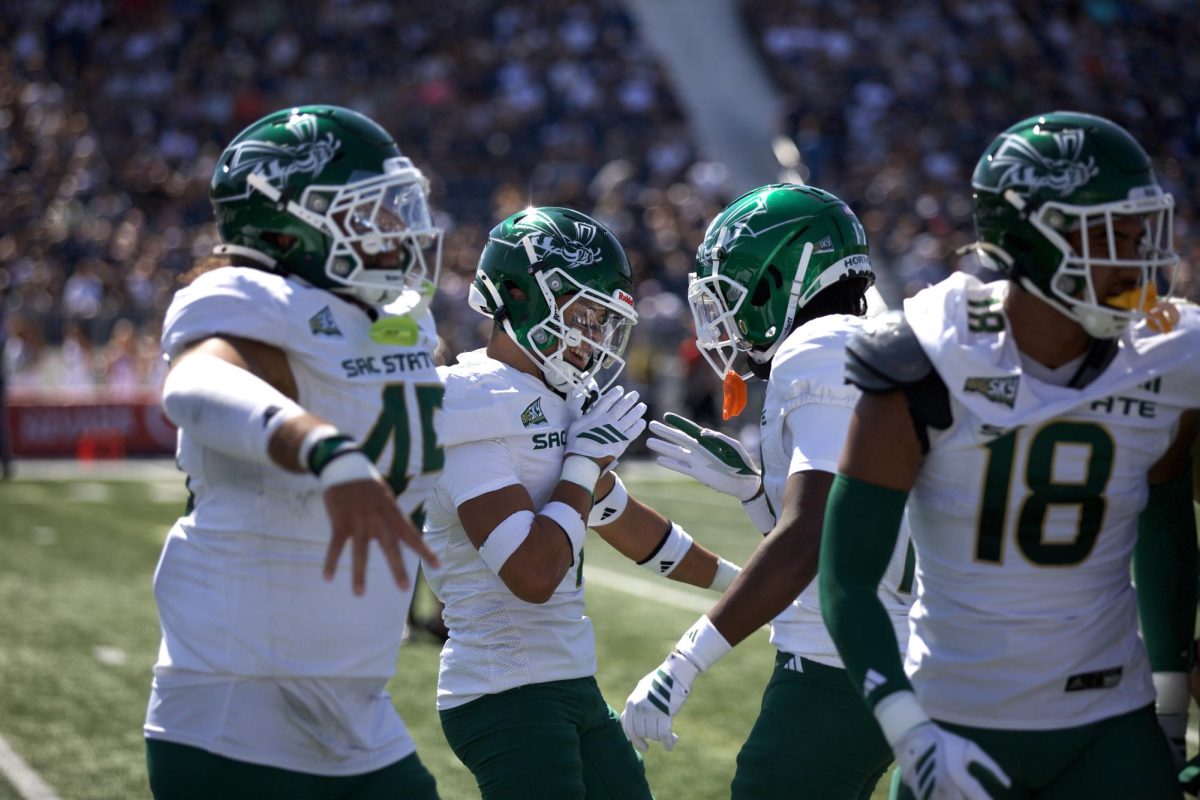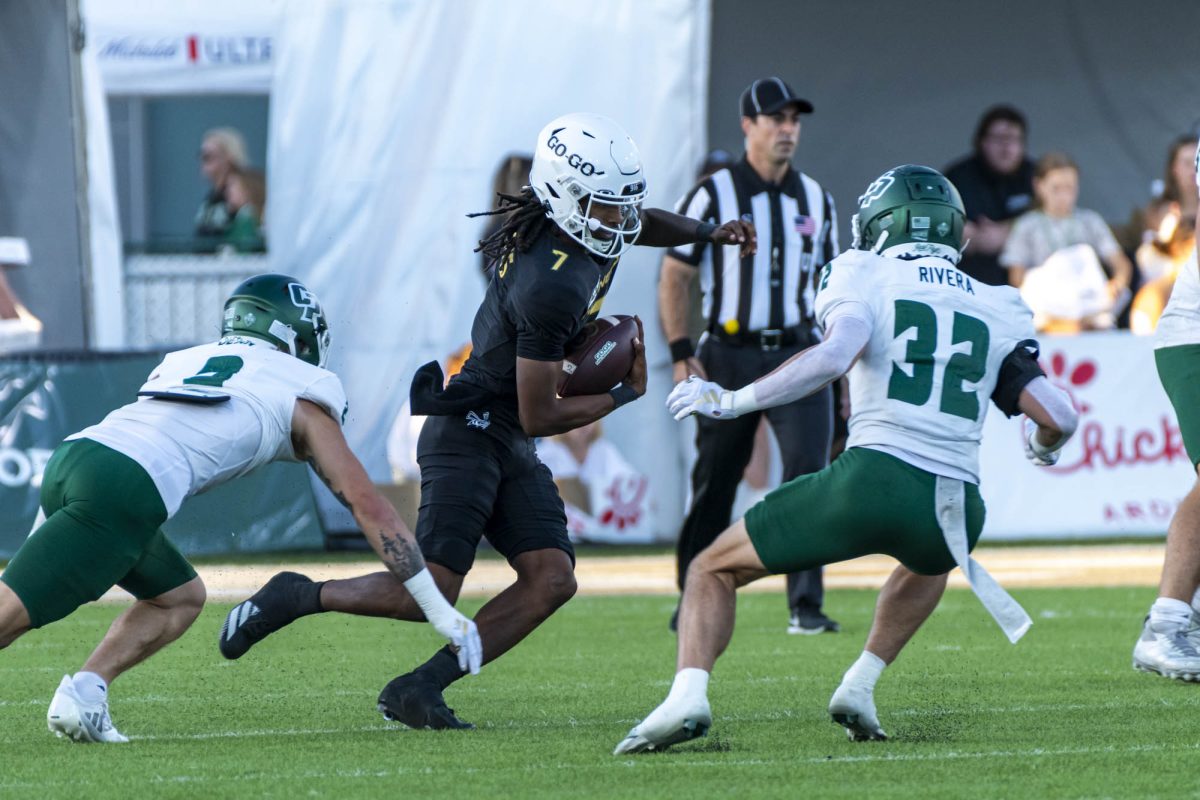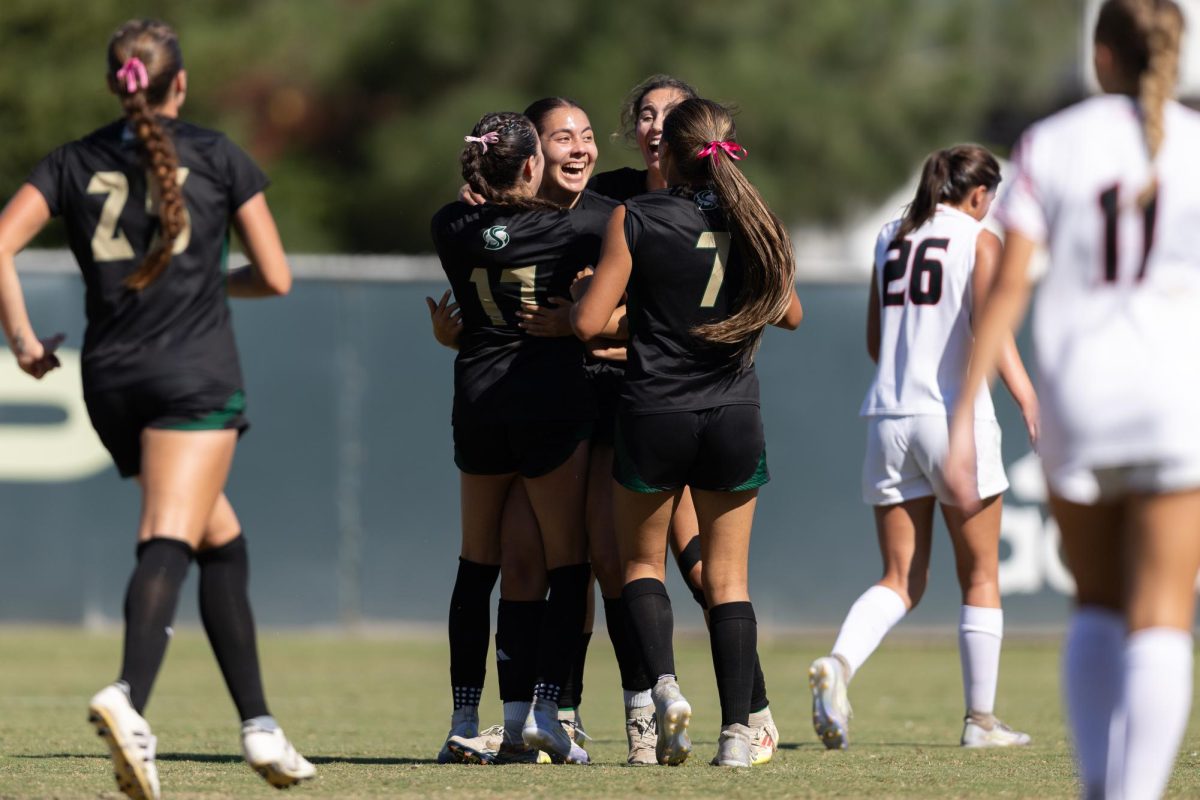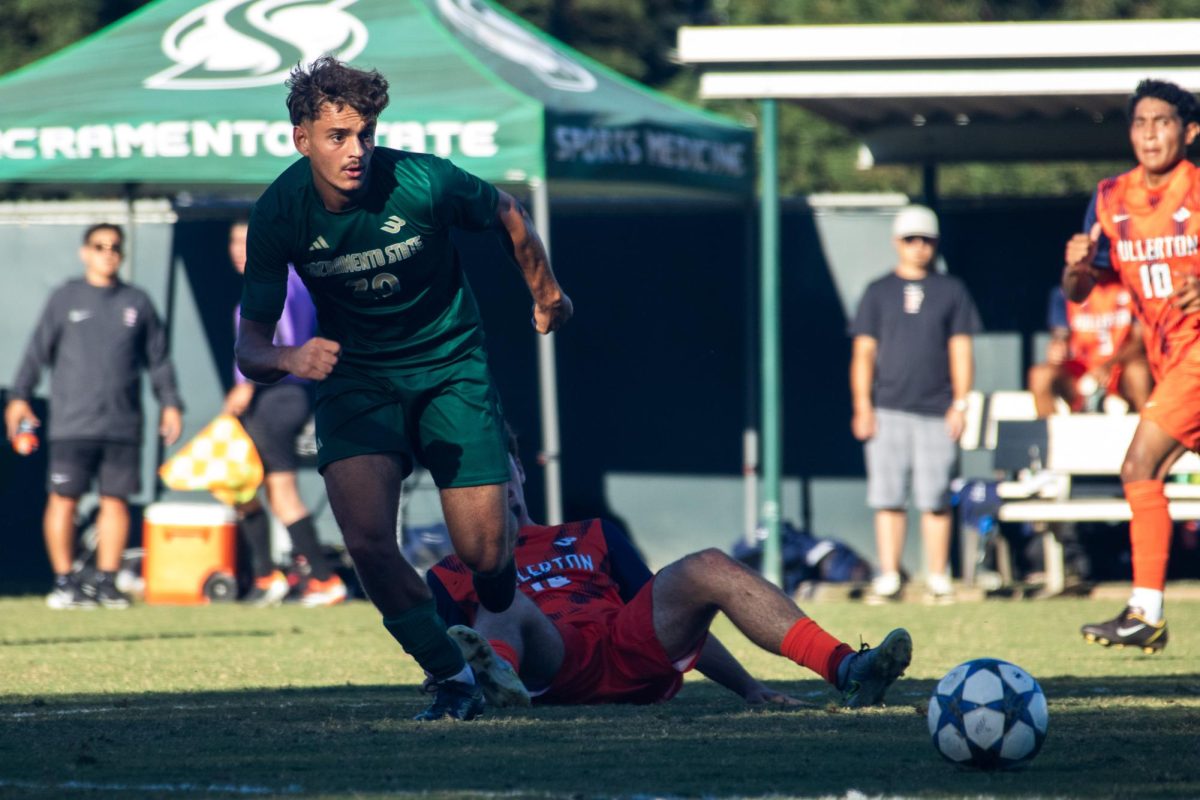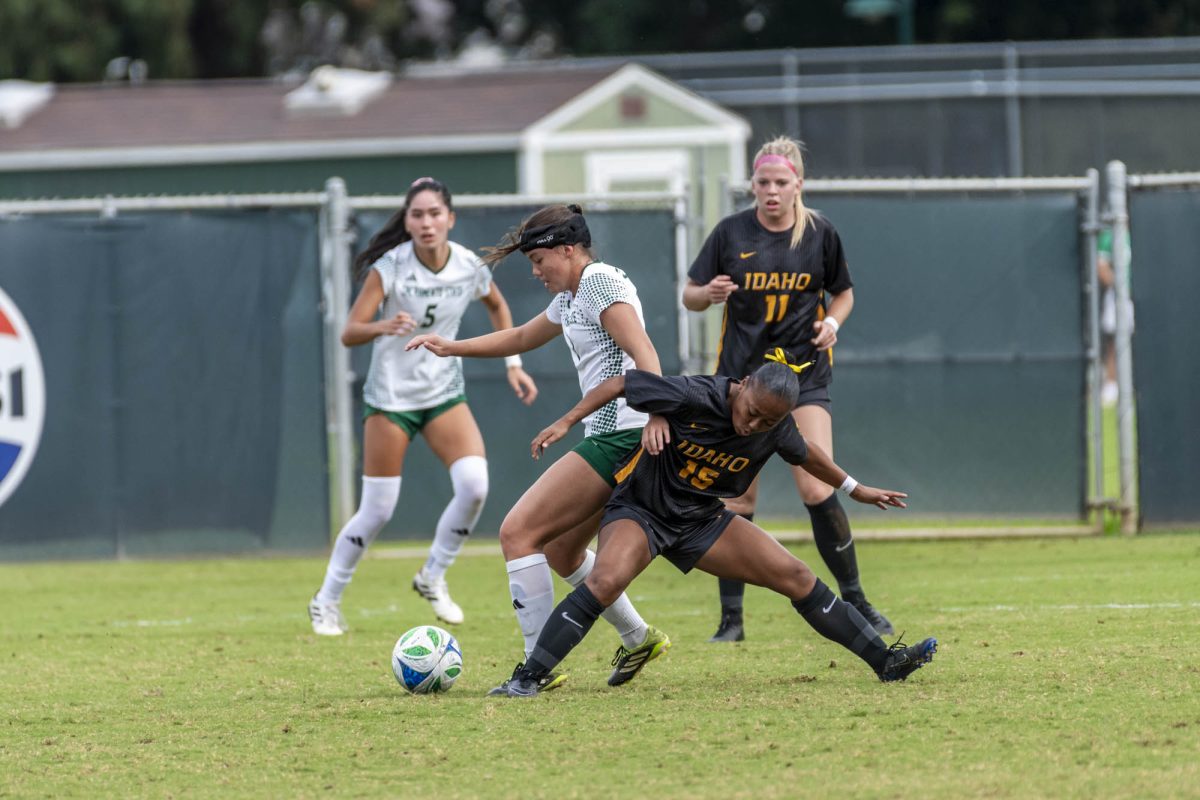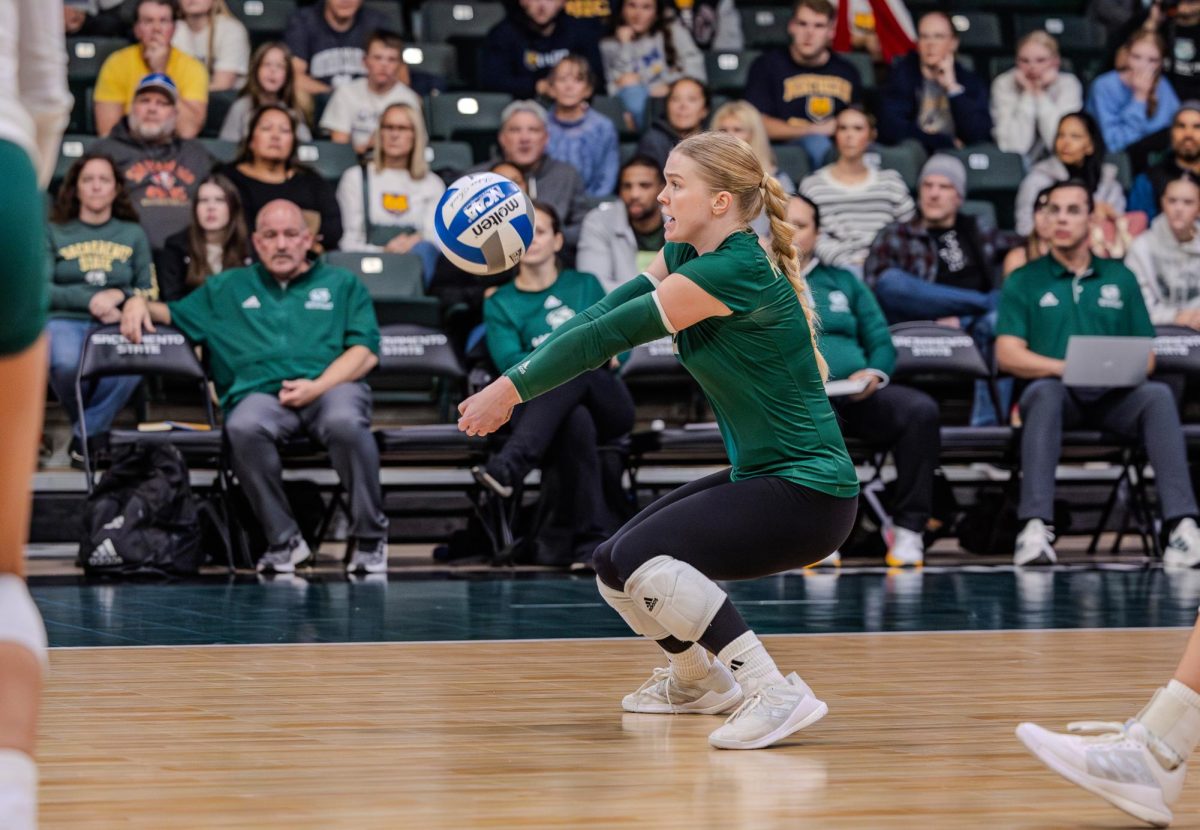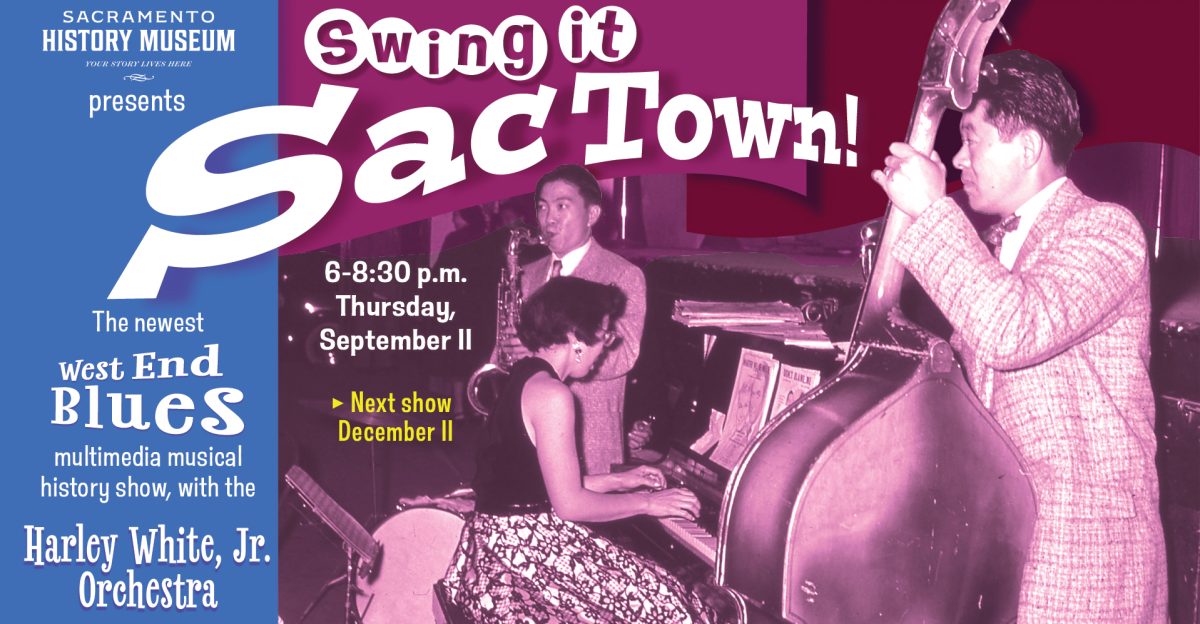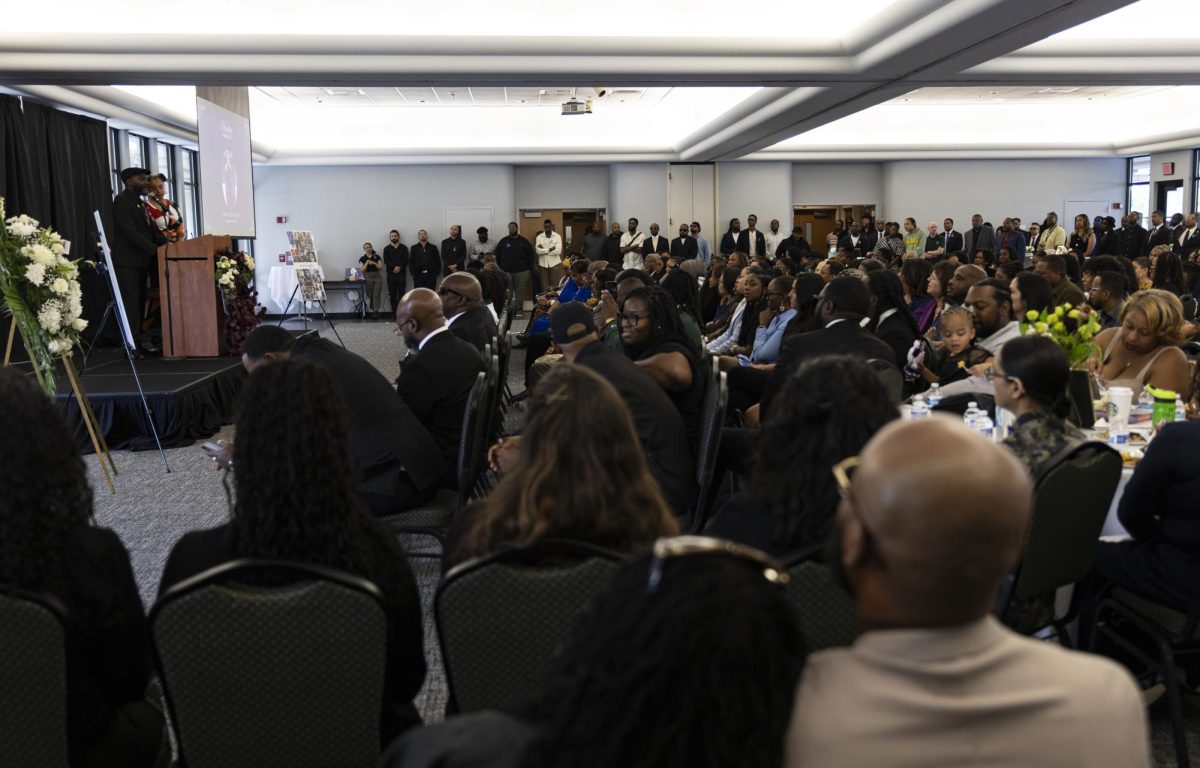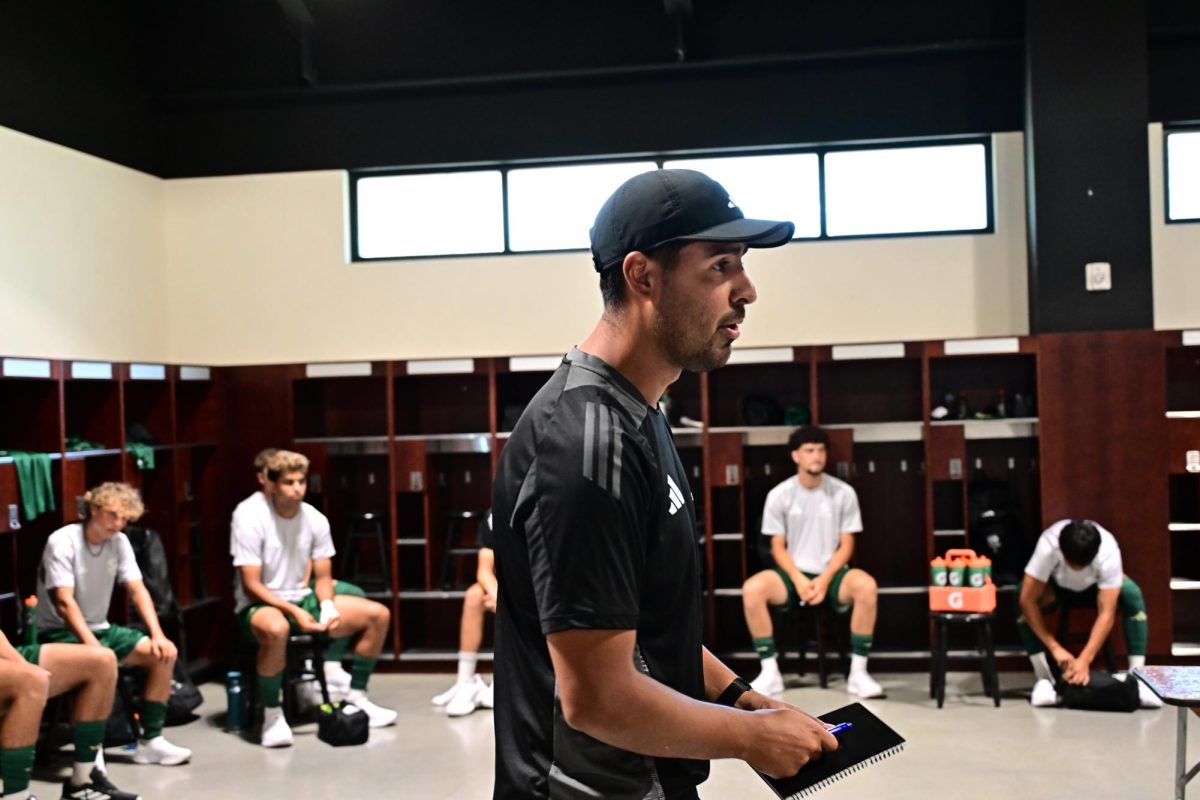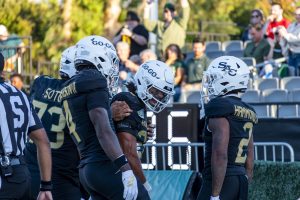Little left for big project
February 9, 2005
The Academic Information Resource Center, known to those working on the project as the ARC, will be finished this semester, even after a major setback last fall.
The $17 million building has been under construction near the library since last year, and will house several computer labs and study centers for students, said Ron Richardson, the construction administrator on the project.
The project was originally scheduled to be finished in January, but was set back by a major rainstorm in September 2004. The rainstorm also caused thousands of dollars in damage to the University Union.
Richardson said the university has not had to pay any extra money for the delays in construction. “The contractors are required to carry Builders Risk Insurance, so the only affect to the university is not having the building on time,” he said.
The project is now scheduled to be finished in late April or early May, but classes will not be held in the building until fall semester, Richardson said. Classes were not planned to be held in the building until fall semester regardless of the completion date, he said.
Paul Noble, associate vice president of planning and budget, said, “The building has been called the Academic Information Resource Center, but there may be plans by the university to change it to the name of some obscure California county.”
Noble said the building is part of a state-funded project to improve the campus. The funding paid for the construction of the building, but did not pay for the equipment and furniture that will go inside the building.
Spencer Freund, associate vice president for academic affairs and telecommunications, said funding for equipment and furniture was raised internally in the computing, telecommunications and media services department. Some donations and grants were also received to help with the project.
Some of the features of the new building include computer labs for the nursing department, the engineering department and the business department. Freund said there will also be two areas, similar to a space currently housed in the library that will be specifically designed for students with disabilities.
Freund said the idea for the new facility came out of the realization that there was no central location for the telecommunications and computing resources on campus.
“The new building will house all of the servers, the mainframe and all telecommunications services under one roof. It will basically become the hub for the telecommunications department,” Freund said.
He said the building will have approximately 100,000 square feet of usable space.
“There will be wireless study rooms where groups can work on projects without having to worry about being quiet, like they do in the library. We want noise in our facility. We want students to be able to enjoy the space.”
In March the telecommunications department will begin moving switchboards from Capistrano Hall, the music recital hall, to the ARC. The move will include Sacramento State’s entire telephone system, which is approximately 9,000 phone lines.
Freund said the biggest challenge with moving all of the phone and internet connections is that it has to be done over the five-day spring break.
“Thousands upon thousands of connections will have to be made and we have to have data, voice and video working when students and faculty return from break,” Freund said.
He said there will be nearly 100 people helping to move all of the equipment and get it connected, but that a lot of the work is being done right now.
“The most important work is done by five splicers, who have already put in thousands of hours of work,” Freund said. Splicing is a method used to make it possible to use the same phone line for both voice and data purposes.
Freund said, “This will be a major upgrade in resources … and a very powerful building, built with the capabilities of the future in mind.”





